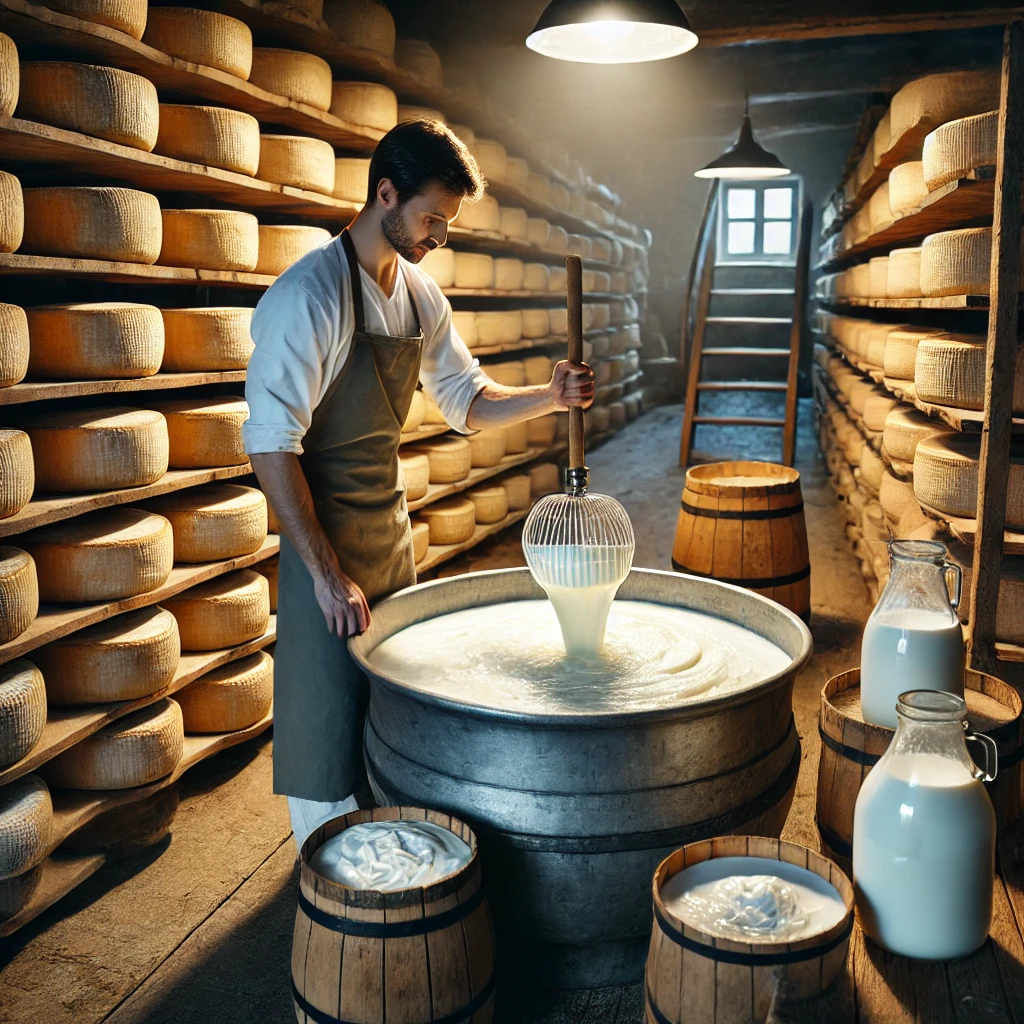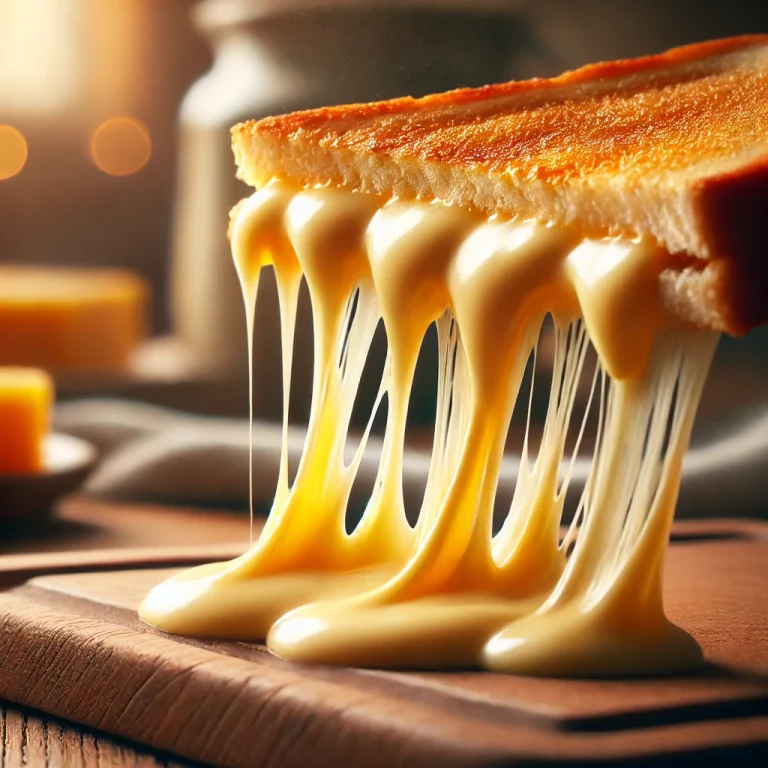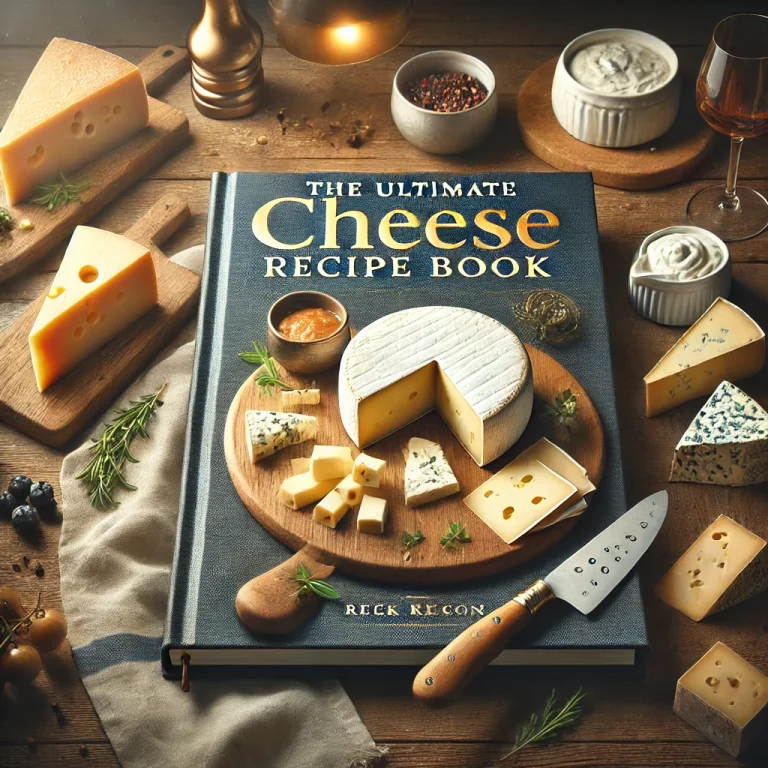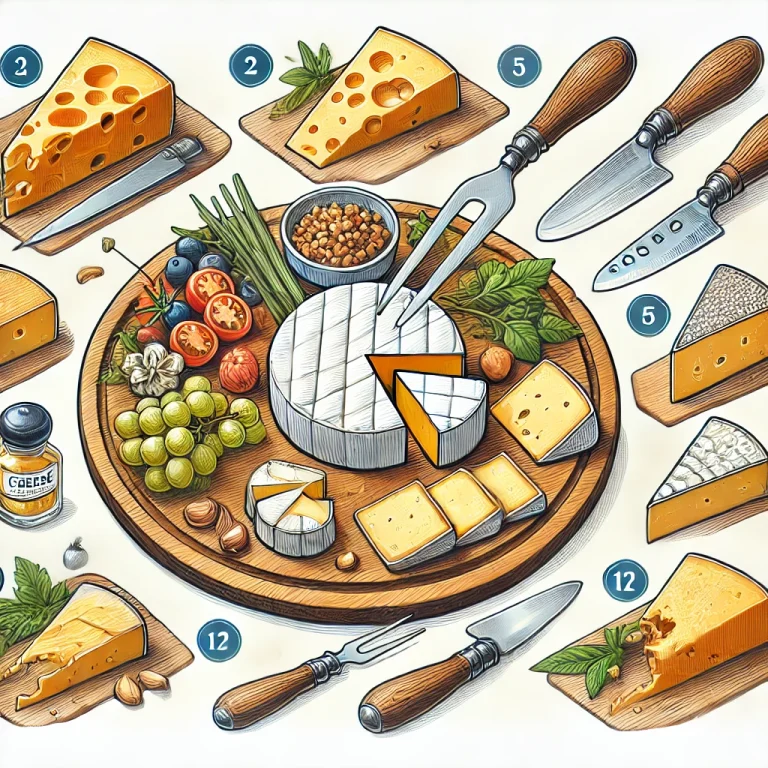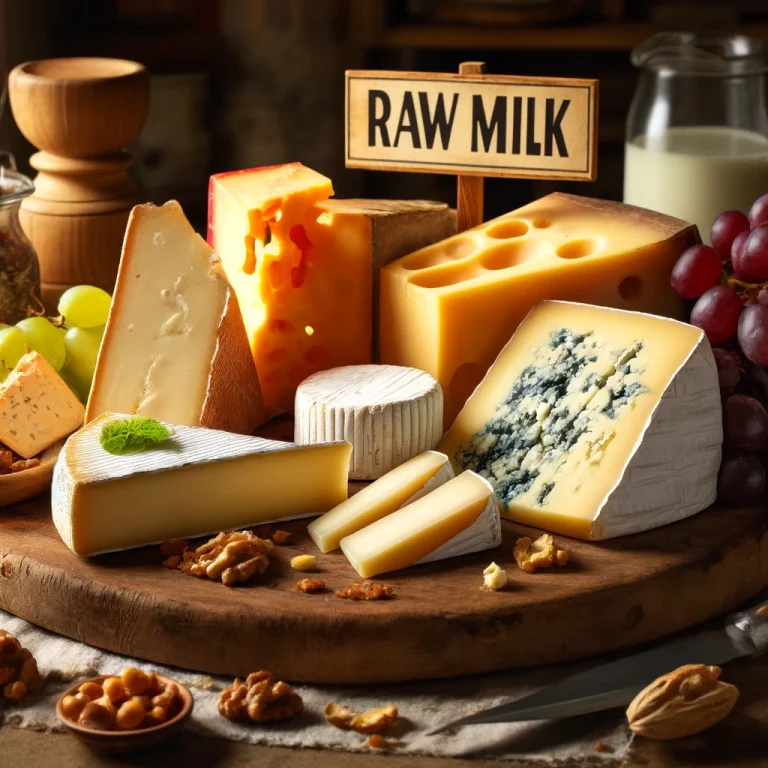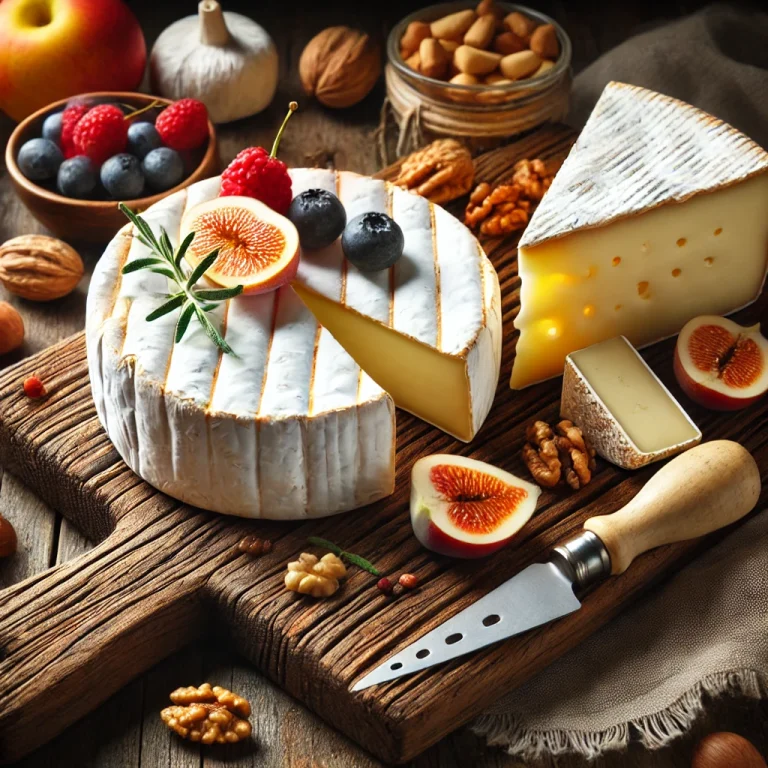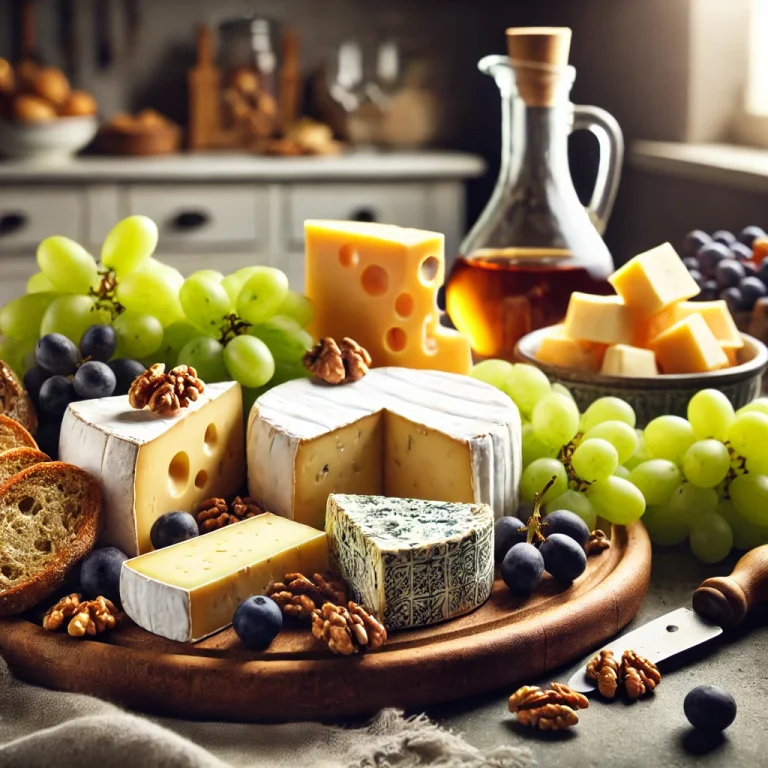How Cheese is Made
Cheese-making is an ancient art that transforms fresh milk into one of the world’s most beloved foods. Whether it’s creamy Brie, sharp Cheddar, or aged Parmesan, the process involves a delicate balance of science and craftsmanship. In this guide, we’ll explore every step of how cheese is made, from the farm to your table.
1. The Key Ingredients in Cheese
All cheeses start with just a few simple ingredients:
- Milk – Can be sourced from cows, goats, sheep, or buffalo.
- Bacteria & Cultures – Help develop flavor and texture.
- Rennet – An enzyme that curdles the milk, forming solid curds.
- Salt – Enhances flavor and helps with preservation.
The type of milk and cultures used determine the final taste and texture of the cheese.
2. Step-by-Step Cheese-Making Process
Step 1: Sourcing and Preparing the Milk
The quality of milk is crucial in cheese-making. It can be:
- Raw Milk – Used in artisan cheese for richer flavors.
- Pasteurized Milk – Heated to eliminate bacteria before cheese-making.
The milk is then warmed to the optimal temperature for bacterial cultures to thrive.
Step 2: Adding Cultures and Rennet
- Starter Cultures are added to begin fermentation, breaking down lactose into lactic acid.
- Rennet is introduced to coagulate the milk, forming soft curds.
Step 3: Curd Formation and Cutting
As the milk curdles, it solidifies into curds, which are then cut using special cheese knives. The size of the curds affects the final texture:
- Larger curds = softer cheese (e.g., Brie, Camembert)
- Smaller curds = firmer cheese (e.g., Cheddar, Parmesan)
Step 4: Draining the Whey
The liquid whey is drained from the solid curds. This step is key to determining moisture levels in the cheese:
- High-moisture cheeses (Mozzarella, Ricotta) retain more whey.
- Hard cheeses (Parmesan, Gouda) are pressed to remove extra moisture.
3. Aging and Flavor Development
Step 5: Salting and Pressing
Salt is added to enhance flavor and act as a preservative. The curds are then pressed to shape the cheese.
Step 6: Aging (Affinage)
Aging, or affinage, is where cheese develops its signature taste. This process can take anywhere from a few weeks to several years.
- Short-aged cheeses (Feta, Brie) are ready in weeks.
- Long-aged cheeses (Cheddar, Parmesan) can mature for years.
Aging environments are carefully controlled for temperature, humidity, and air circulation.
For more about aged cheese, check out Is Aged Cheese Lactose-Free?.
4. Different Types of Cheese-Making Techniques
- Fresh Cheeses (Ricotta, Cream Cheese) – Not aged, soft, and mild.
- Soft-Ripened Cheeses (Brie, Camembert) – Develop a bloomy rind.
- Blue Cheeses (Roquefort, Stilton) – Inoculated with blue mold cultures.
- Hard Cheeses (Cheddar, Gouda) – Aged for deeper flavor.
For a curated selection, visit our Cheese Shop.
5. The Final Step – Enjoying Your Cheese!
Once the cheese is fully matured, it’s ready to be cut, packaged, and enjoyed. The flavors of artisan cheeses continue to evolve even after purchase, making each tasting a unique experience.
For tips on serving cheese, read How to Cut and Serve Cheese Like a Pro.
Conclusion
Cheese-making is a fascinating process that combines tradition, science, and creativity. Understanding how cheese is made helps us appreciate the craftsmanship behind every bite.
Looking for the best cheeses? Browse our hand-selected collection: Shop Now.
